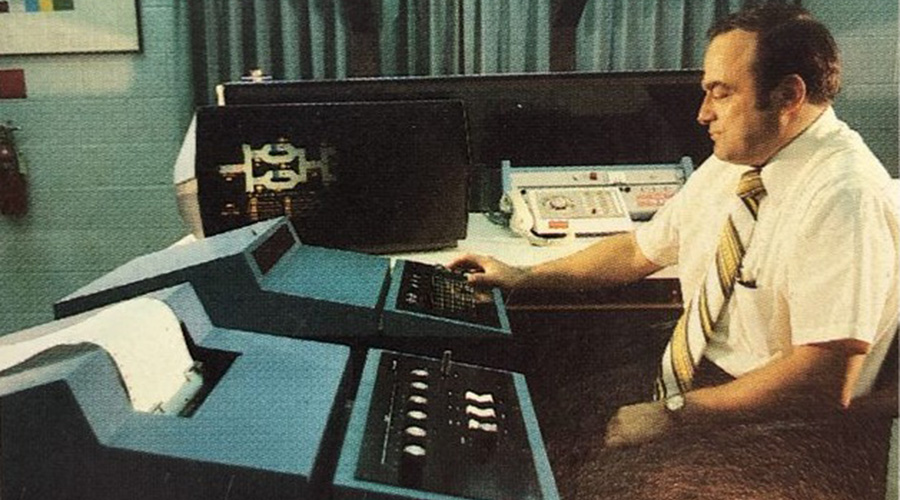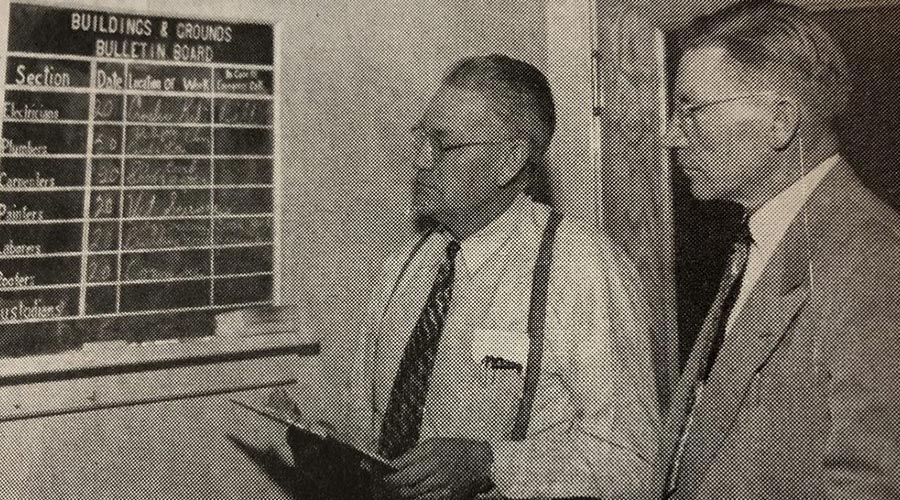Technician Productivity: Strategies for Success
Columnist Andrew Gager offers insights and tactics to improve technician utilization
Have you ever woken up and not wanted to go to work? You just don’t feel like working some days.
I have. Those were the longest days of my life. All I had to do was look busy because if I looked busy, my boss thought I was busy. You know what I wound up doing all 25 hours of my eight-hour shift? Looking at my watch what seemed like every 42 seconds.
Those days were the worst because I was not being fully utilized. I didn’t have enough maintenance work to keep me busy for the full eight hours. Truth be told, a good day for me was when I went in and put in a full day of activity. Before I knew, it was time to go home and crack a beer. I spread around the blame for my situation. I blame myself for not being more motivated, I blame the maintenance planner and scheduler for not scheduling enough work to keep me busy, and I blame my supervisor for not supervising.
Managers in the spotlight
As managers, at the end of the day it comes down to how well we manage our resources and their utilization. Effective maintenance planners can have a significant impact on an organization’s bottom line, yet many companies don’t pay adequate attention to this role.
With 18 percent of a typical maintenance technician’s day spent looking for parts and 24-26 percent walking to and from the job site, technicians can waste almost 50 percent of each day doing activities that do not add value to their organizations. I’ve written several articles on this topic and the financial impact that maintenance planners have on an organization.
Two activities have the potential to increase technicians’ wrench time by 50 percent: planning maintenance work and kitting for planned maintenance work. Implementing these two activities means maintenance technicians no longer have to plan their own jobs, which brings consistency, and they no longer have to spend time looking for parts and tools because these materials have been kitted and are ready for the planned job.
Eye on utilization
Some time back, I shared a case study about the financial impact of poor technician utilization. In that instance, the utilization rate of a 22-person maintenance group was at 18.7 percent.
This utilization rate was equivalent to having 15 full-time equivalent (FTE) technicians sit around all day doing nothing while the other seven technicians did all the work. More importantly, the average hourly rate of $42.25 per hour based on that utilization rate was costing the company $285 per hour to complete the maintenance activities.
After moving two technicians into the planner’s role for the department and implementing kitting procedures, utilization improved to 42.6 percent in a very short time, thereby reducing the average labor rate from $285 per hour to $123 per hour. The department doubled the direct technician hours available, and it reduced inventories by 19.8 percent because work was being planned well in advance and procurement could buy materials at regular lead times instead of having the materials expedited.
Supervisors also were formally trained to be more involved in technician activities, removing obstacles and managing people rather than writing reports and fighting fires.
Related Topics:














